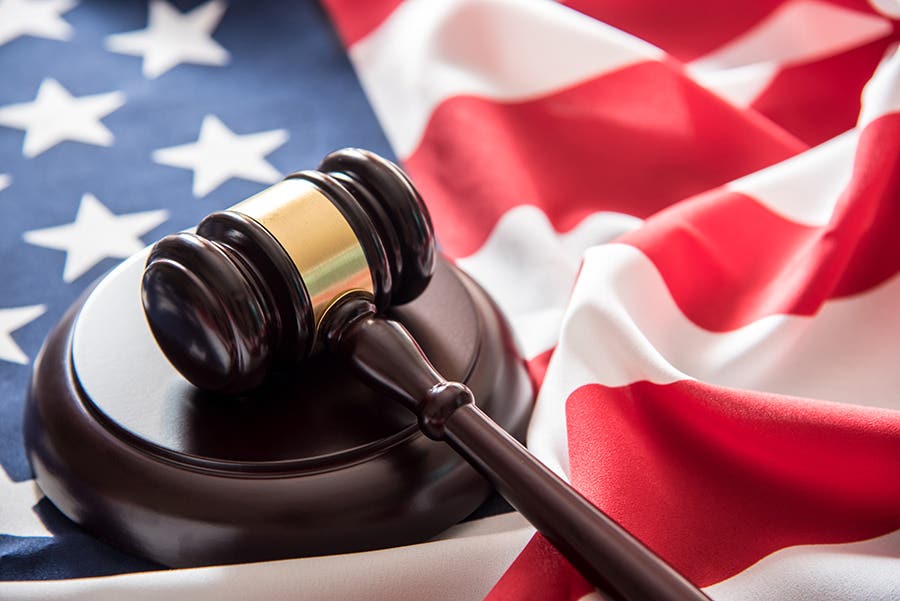FBI to Return or Compensate Owners of Illegally Seized Coins, Money, Other Assets
The FBI initially claimed that it did not need to return the seized assets because of government immunity from responsibility. An appellate court disagreed.
Here’s a follow-up to my column last December about ensuring the integrity of your safe deposit box contents. In the column, I mentioned that the Federal Bureau of Investigation (FBI) had seized the contents of hundreds of boxes belonging to customers who were not under investigation as part of a raid on a private safe deposit box company.
Initially, the FBI claimed they did not need to return the seized assets under government immunity from responsibility. Don Mellein had 110 1-ounce gold coins plus some cash stored in his box and filed a lawsuit for the return of these assets. After an appellate court ruled in January 2024 that the entire raid violated the Fourth Amendment to the U.S. Constitution, the FBI returned 47 coins to Mellein and claimed that it did not have the rest of his assets.
It turned out that, as the FBI was opening and seizing the assets, it initially created careful records of what was removed from each box. However, partway through the process, the FBI agents stopped preparing detailed records to speed up their work.
When Mellein did not obtain all the assets seized by the FBI, he filed a lawsuit with the assistance of the Institute for Justice.
When the judge in the case denied immunity to the FBI agents, the agency agreed to either return the rest of Mellein’s assets or compensate him for their value if not returned. In all, now millions of dollars’ worth of assets have been returned to the rightful owners. Further, the FBI has compensated box-holders in amounts running into hundreds of thousands of dollars for assets that were not returned.
As mentioned in the original column, a sensible action to prove what contents were in any safe deposit box would be to take pictures or videos of the contents. If it is possible to add a date stamp to the film, that would also be helpful.
Reminder, to protect against the risk that safe deposit box contents might be turned over to your state government escheats office, you should access your box at least once every 12 months and verify each time that the provider of the safe deposit box has your correct name, address, telephone number and email address.
New Jersey Governor Signs Precious Metals Bullion and Coin Sales Tax Exemption into Law
New Jersey Governor Phil Murphy has signed S721 into law. This law takes effect on Jan. 1, 2025. It provides a sales and use tax exemption on “investment metal bullion,” which specifically includes gold, silver, platinum, and palladium, but also includes any “elementary precious metal that has been put through a process of smelting or refining” in a form where its value depends on its content and not on its form. In addition, any individual coin that sells for $1,000 or more is also exempt from sales and use tax. I was one of the people who met via Zoom with the governor’s staff to provide information to support this being signed into law.
When this becomes effective, all of the 25 most populous U.S. states will have either enacted a complete or partial sales tax exemption on retail sales of precious metals bullion, coins and/or currency or is a state that does not have a statewide sales tax.
Answer to the Previous Trivia Question
Last week, I asked: Which U.S. coin was struck with no stars on the obverse and 26 stars on the reverse? (Hint: the designer’s surname is spelled out on the obverse.)
The answer is the original U.S. 1836 Gobrecht dollar, struck in December 1836. Incuse in the base beneath Liberty on the obverse is “C. Gobrecht.” The reverse has 26 stars, which does not necessarily make sense as there were only 25 states in the Union then. Michigan did not become the 26th state until Jan. 26, 1837.
This Week’s Trivia Question
What is the name of the statue from which sculptor Augustus Saint-Gaudens adapted the design for Liberty that appears on his famous $20 gold double eagle? Where is this statue located?
Come back next week for the answers.
Patrick A. Heller was honored as a 2019 FUN Numismatic Ambassador. He also received the American Numismatic Association 2018 Glenn Smedley Memorial Service Award, the 2017 Exemplary Service Award, the 2012 Harry Forman National Dealer of the Year Award, and the 2008 Presidential Award. Over the years, he has also been honored by the Numismatic Literary Guild (including twice in 2020), the Professional Numismatists Guild, the Industry Council for Tangible Assets, and the Michigan State Numismatic Society. He is the communications officer of Liberty Coin Service in Lansing, Mich., and writes “Liberty’s Outlook,” a monthly newsletter on rare coins and precious metals subjects. Past newsletter issues can be viewed at www.libertycoinservice.com. Some of his radio commentaries, "Things You ‘Know’ That Just Aren’t So,” and “Important News You Need To Know,” can be heard at 8:45 a.m. Wednesday and Friday mornings on 1320-AM WILS in Lansing (which streams live and becomes part of the audio archives posted at www.1320wils.com).








